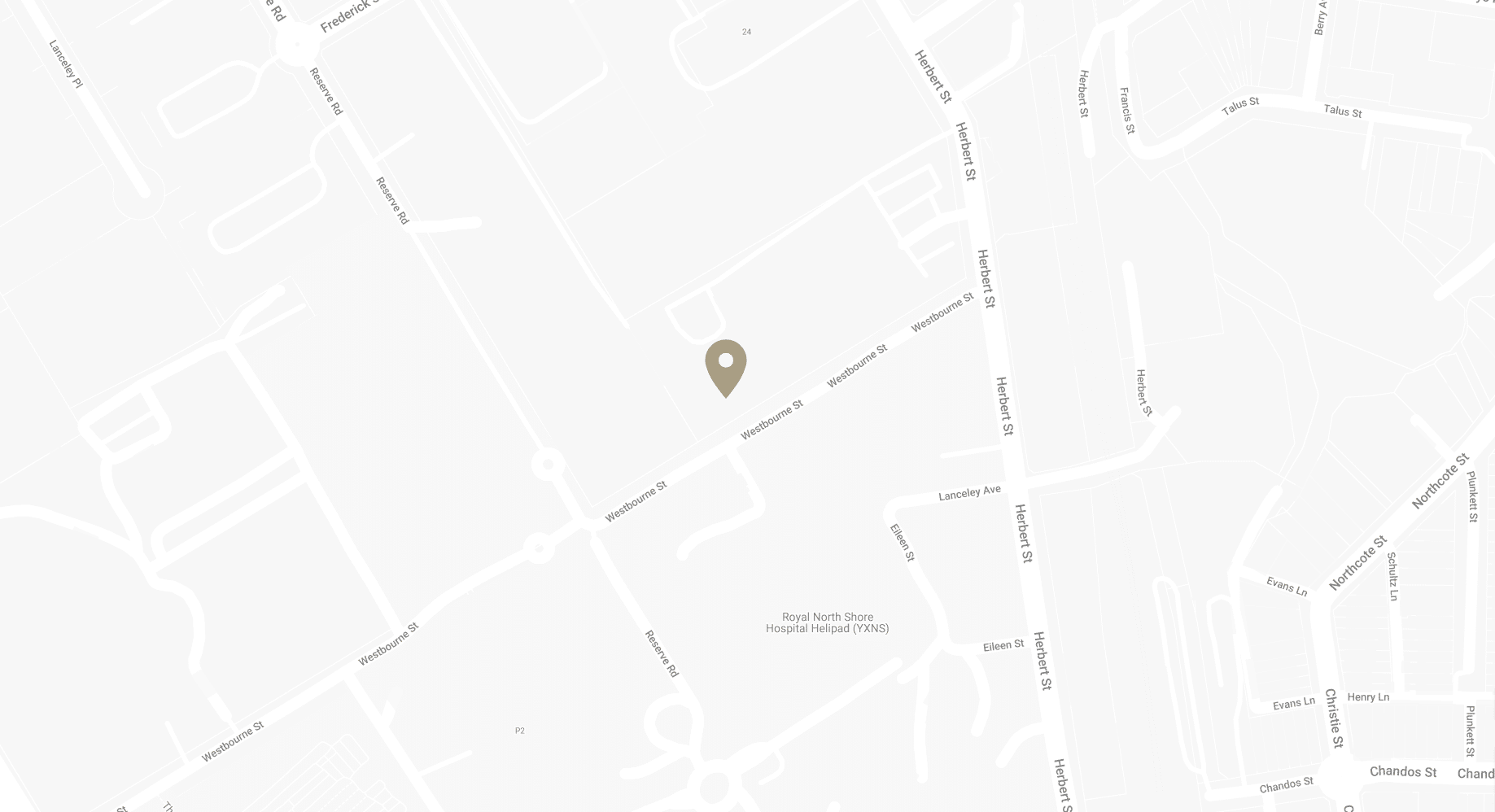What Happens When an Implant Ruptures and It Affects the Lymph Nodes
Breast implants are medical devices widely recognised for their aesthetic advantages. It is essential to be aware of the associated risks, including the possibility of rupture. Such an event can have significant implications for one’s health, particularly concerning the lymph nodes. It is not solely a matter of aesthetic appeal but also understanding the health consequences that may ensue.
In this blog, Sydney Specialist Plastic Surgeon Dr Bish Soliman will explore the ramifications of breast implant ruptures and their effects on the lymphatic system.
Download Dr Bish Soliman Cosmetic Breast Surgery Guide

What Are Breast Implants?
Breast implants are medical devices inserted beneath breast tissues or chest muscles for the purpose of augmenting breast size or reconstructing breast tissue lost to cancer or trauma. In Australia, as elsewhere, the two predominant types of breast implants are silicone and saline.
Silicone implants contain a silicone gel that closely resembles the feel of natural body fat, which has contributed to their popularity due to the realistic texture they provide. Saline implants, filled with sterile saltwater, are often noted for their safety; in the event of a leak, the saline solution is safely absorbed by the body.
Each type has its advantages and considerations. The choice between silicone and saline implants depends on individual preferences and desired outcomes in terms of appearance and texture.
Causes and Risks of Breast Implant Rupture
Breast implant ruptures can occur due to a variety of reasons and carry certain risks that patients should be aware of. A rupture can happen when the shell of the implant breaks or tears. While the modern implants are designed to be highly durable, they are not immune to damage over time or under certain conditions.
The causes of implant rupture include:
- Physical Stress: Trauma to the chest area, intense physical pressure during mammograms, or even severe physical activities can lead to a rupture.
- Aging of the Implant: Over time, the implant shell can weaken and eventually fail.
- Surgical Error: Improper handling during surgery can damage the implant.
- Capsular Contracture: This is a condition where the scar tissue that naturally forms around the implant tightens and squeezes the implant, potentially causing it to rupture.
Risks associated with a ruptured implant include changes in breast shape and size, pain or tenderness, swelling, and the formation of lumps. It’s also possible for a rupture to go unnoticed, known as a “silent rupture,” especially with silicone implants.
Symptoms and Diagnosis of Breast Implant Rupture
The symptoms of a breast implant rupture can vary depending on whether the implant is filled with saline or silicone. Saline ruptures are often easier to detect as the implant deflates relatively quickly, leading to noticeable changes in breast size and shape. Silicone ruptures can be less apparent due to the gel’s tendency to remain within the implant capsule or the surrounding tissue, a condition known as a silent rupture.
Symptoms of a rupture may include:
- Change in Breast Shape or Size: A noticeable asymmetry between the breasts may develop.
- Pain and Tenderness: Discomfort around the implant site.
- Swelling: This can occur as the body reacts to the silicone material.
- Firmness: The breast may feel harder than usual due to scar tissue.
- Lumps: These may be felt in the breast or lymph nodes.
Diagnosis of a breast implant rupture typically involves a physical examination followed by imaging tests. Ultrasound can be useful, but magnetic resonance imaging (MRI) is considered the most effective method for detecting silicone implant ruptures. In some cases, a biopsy may be necessary to determine if silicone has migrated to the lymph nodes.
What Is Silicone Lymphadenopathy?
Silicone lymphadenopathy is a condition that may occur following a silicone breast implant rupture. When an implant ruptures, the silicone gel can escape into the surrounding tissues and migrate to the lymph nodes. This can lead to the lymph nodes becoming inflamed and swollen as they attempt to absorb the foreign material.
The basics of silicone lymphadenopathy include:
- Inflammation of Lymph Nodes: The body’s immune response to the presence of silicone can cause the lymph nodes to swell and become tender.
- Potential for Misdiagnosis: Due to its rarity and the presentation of symptoms, silicone lymphadenopathy can be mistaken for other conditions, such as breast cancer or lymphoma.
- Diagnosis: Accurate diagnosis often requires a combination of patient history, physical examination, imaging tests, and sometimes a biopsy to confirm the presence of silicone in the lymph nodes.
Understanding silicone lymphadenopathy is crucial for anyone with breast implants, as it underscores the importance of monitoring for signs of rupture and seeking prompt medical attention if symptoms arise.
Case Study – Silicone Lymphadenopathy Following Implant Rupture
The study titled “Extensive silicone lymphadenopathy after breast implant insertion mimicking malignant lymphadenopathy,” offers a detailed account of the potential complications arising from a ruptured silicone breast implant. It presents the case of a 35-year-old woman who experienced tender and palpable masses in her right axillary and supraclavicular area, accompanied by fever and general weakness. These symptoms initially raised concerns for malignant lymphadenopathy.
Upon examination, the patient, who had undergone bilateral breast augmentation 11 years prior, was found to have intact implants on ultrasound. However, further imaging with mammography and MRI suggested an intracapsular rupture. The patient underwent surgical intervention, which included excisional biopsy of the lymph nodes and removal of both implants. The pathology confirmed the diagnosis of silicone lymphadenopathy.
This case underscores the importance of considering silicone lymphadenopathy in the differential diagnosis for patients presenting with symptoms suggestive of lymph node malignancy, especially when there is a history of breast augmentation. The study highlights the necessity for comprehensive evaluation, including a detailed medical history, imaging, and possibly a biopsy, to ensure an accurate diagnosis and appropriate management of this condition.
Treatment Options
When a breast implant rupture is confirmed, and silicone lymphadenopathy is diagnosed, the management and treatment plan must be carefully considered. The primary goal is to alleviate symptoms and prevent further complications. Here are the typical steps involved:
- Removal of the Ruptured Implant: This is often the first step in treatment, to prevent further leakage of silicone.
- Capsulectomy: In some cases, the surrounding scar tissue capsule may also be removed if it’s contributing to symptoms or if there’s concern about the silicone’s spread.
- Lymph Node Assessment: If silicone has migrated to the lymph nodes, the affected nodes may need to be removed or monitored for changes.
- Replacement of the Implant: Some patients may opt for new implants, which can be done simultaneously with the removal of the ruptured ones, depending on the circumstances.
- Observation: In cases where surgery is not immediately required, careful monitoring of the condition may be recommended.
The decision-making process for treatment involves a discussion between the patient and their healthcare team, considering the patient’s symptoms, the extent of the rupture and silicone spread, and the patient’s overall health and preferences.
Preventive Measures
Prevention is always better than cure, and this is particularly true with breast implants. While it’s not always possible to prevent a rupture, there are steps that can be taken to minimise the risks:
- Choosing the Right Surgeon: Ensure that your surgeon is experienced and certified in breast augmentation procedures.
- Quality of Implants: Opt for high-quality implants that have a good track record for durability and safety.
- Follow Post-Operative Care Instructions: Adhering to your surgeon’s advice post-surgery can help reduce the risk of complications.
- Regular Monitoring: Routine check-ups and following the recommended schedule for imaging can help detect any changes early on.
Regular check-ups are crucial for those with breast implants. These should include physical examinations and, as recommended by some health authorities, MRI scans every few years to assess the integrity of silicone implants. Early detection of a rupture can significantly simplify the management and treatment, reducing the risk of complications such as silicone lymphadenopathy.
By staying informed and vigilant about the health of the implants, you can enjoy the benefits of your breast augmentation while minimising potential risks.
FAQs about Breast Implant Complications
What are the most common complications associated with breast implants?
- The most common complications include capsular contracture (scar tissue that forms around the implant and squeezes it), implant rupture or deflation, infection, and changes in nipple or breast sensation. Some individuals may also experience breast pain, asymmetry, and wrinkling or rippling of the implant.
How do I know if my breast implant has ruptured?
- Symptoms of a rupture can vary depending on the type of implant. For saline implants, a rupture is often noticeable due to a decrease in breast size as the saline solution leaks out. For silicone implants, a rupture might not be as apparent because the silicone tends to remain within the tissue; this is known as a “silent rupture.” Symptoms can include changes in breast shape, lumps, swelling, pain, or tenderness. An MRI is the most reliable way to diagnose a silicone implant rupture.
Can a ruptured breast implant cause illness?
- There has been concern and research into whether silicone breast implants are associated with a higher risk of certain diseases or conditions, such as autoimmune diseases. However, extensive studies have not found a clear link between silicone breast implants and systemic diseases. Local complications, such as silicone lymphadenopathy, can occur and mimic more serious conditions.
What is capsular contracture, and how is it treated?
- Capsular contracture occurs when the scar tissue that naturally forms around a breast implant tightens and compresses the implant, causing the breast to feel firm and possibly painful. Treatment can range from medication to relieve symptoms to surgery to remove the scar tissue and possibly replace the implant.
Is it necessary to replace breast implants after a certain period?
- Breast implants are not considered lifetime devices. The risk of complications increases the longer the implants are in place. Dr Soliman recommends replacing implants every 10 to 15 years, but this is not a strict rule. Some individuals may never need replacements, while others may require them sooner due to complications. Regular check-ups with Dr Soliman can help determine if and when an implant should be replaced.
Further Reading about Breast Surgery with Dr Bish Soliman
- Read Dr Soliman’s Breast Augmentation Surgery Page
- Read Dr Soliman’s DIEP Breast Reconstruction Surgery Page
- Read Dr Soliman’s Breast Implant Removal Surgery Page
- Read Dr Soliman’s Blog about Preparing for Breast Implant Removal Surgery
- Read Dr Soliman’s Blog about Recovery after Breast Implant Removal
- Read Dr Soliman’s Blog about Perfect Breasts – The Pursuit of Aesthetic Excellence
- Read Dr Soliman’s Blog about All about Silicone Breast Implants
- Read Dr Soliman’s Blog about Potential Breast Implants Complications and How to Avoid Them
Medical References about Breast Implant Rupture
- Extensive silicone lymphadenopathy after breast implant insertion mimicking malignant lymphadenopathy
- Silicone breast implants: What happens if they rupture? – Mayo Clinic
- What Is BIA-ALCL? Symptoms, Causes & Treatment
- A Rare Complication of Silicone Breast Implant Rupture
- BIA-ALCL: Breast Implant-Associated Cancer, Symptoms & Treatment



